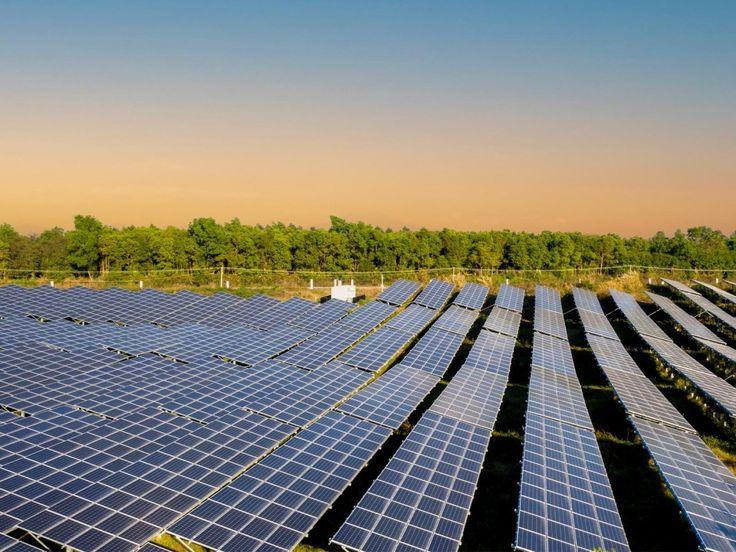What is a Solar Collector? How Does It Work? What Does It Do?
A solar collector is a device that captures solar energy and converts it into usable heat or electricity. Solar collectors are generally categorized into two main types: thermal collectors and photovoltaic collectors.
-
-
Thermal Solar Collectors:
- Concentrating Collectors: These collectors focus solar rays onto a focal point, often resulting in the heating of a fluid. The heated fluid is then transferred to heating systems or hot water storage through a heat exchanger.
- Flat-plate Collectors: These collectors directly absorb sunlight and typically involve a fluid circulating through a pipe system. The heated fluid is used to generate thermal energy for heating systems, hot water production, or other heat-based applications.
-
Photovoltaic Solar Collectors:
- Photovoltaic solar collectors include photovoltaic cells that directly convert sunlight into electrical energy. These cells are often made of silicon-based materials. Interaction with sunlight releases electrons, and the movement of these electrons generates an electric current. The generated electrical energy can be stored in a battery for later use or transmitted directly to the electrical grid.
-
The working principle of solar collectors involves the following steps:
-
-
Absorption of Sunlight: Solar collectors have a surface that absorbs sunlight, converting it into heat energy.
-
Collection of Heat: The absorbed heat is typically carried by a liquid or gas. This heat transfer medium circulates within the collector, collecting the heat.
-
Utilization of Heat: The collected heat energy can be used for various applications, such as producing hot water, heating systems, or generating electricity. This energy can be stored for later use or utilized directly.
-
- Solar collectors aim to harness the clean and sustainable energy of the sun, providing an environmentally friendly energy source. They can be employed in various applications, including heating systems, hot water production, electricity generation, contributing to reduced energy costs and a lower carbon footprint.
-
-





